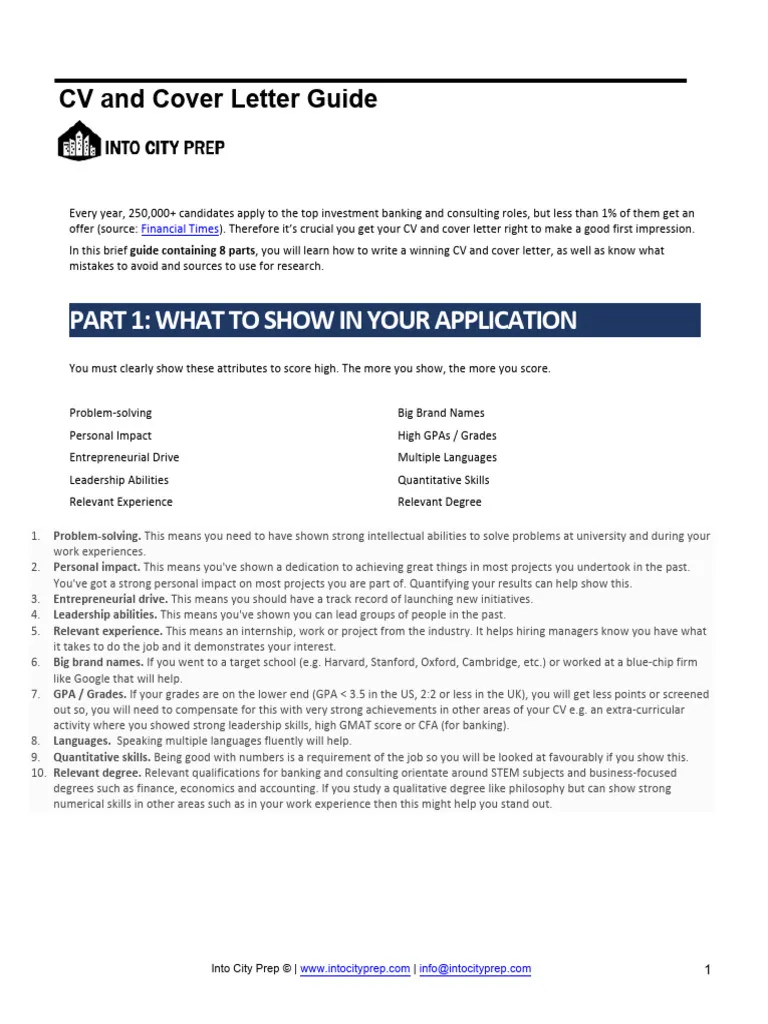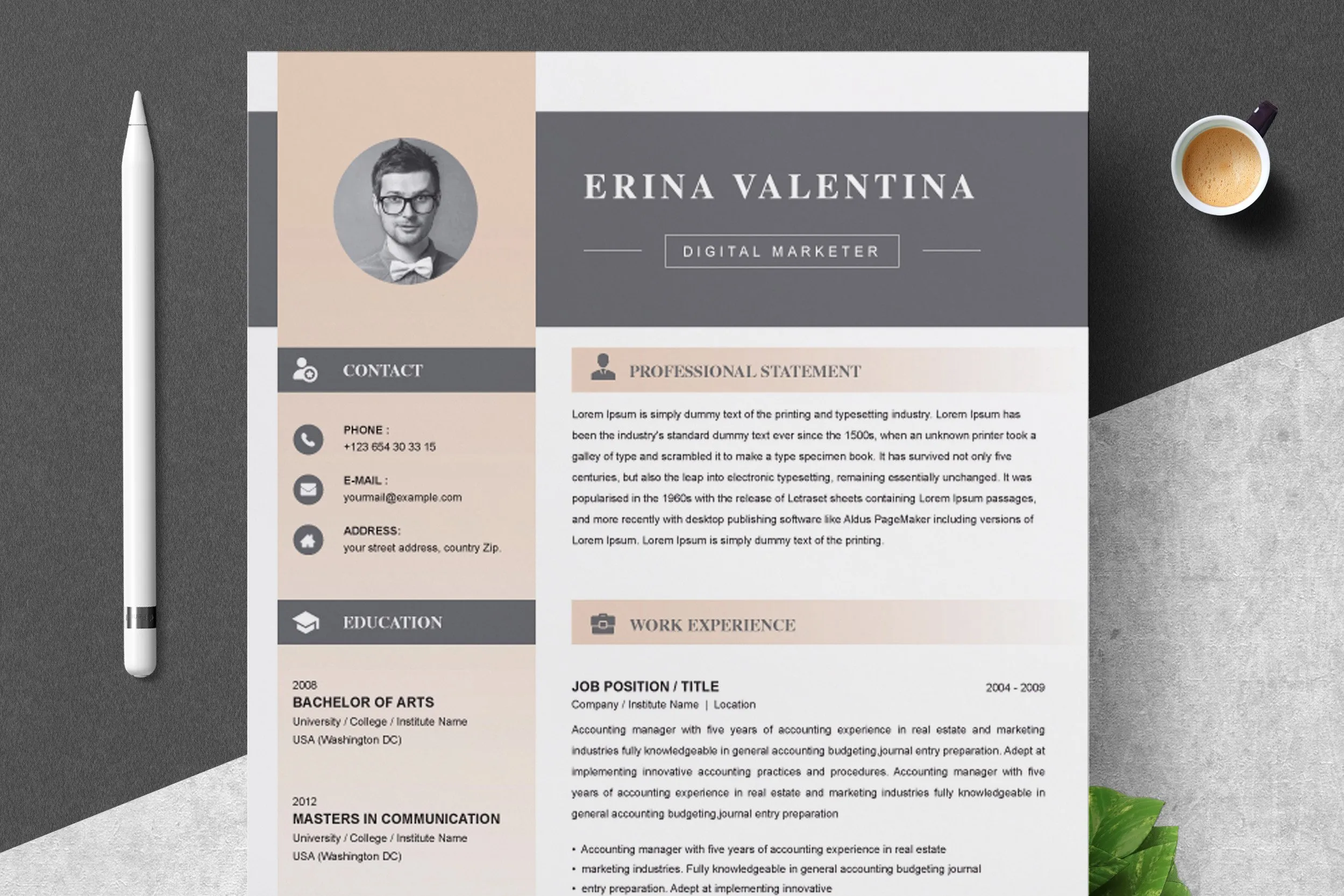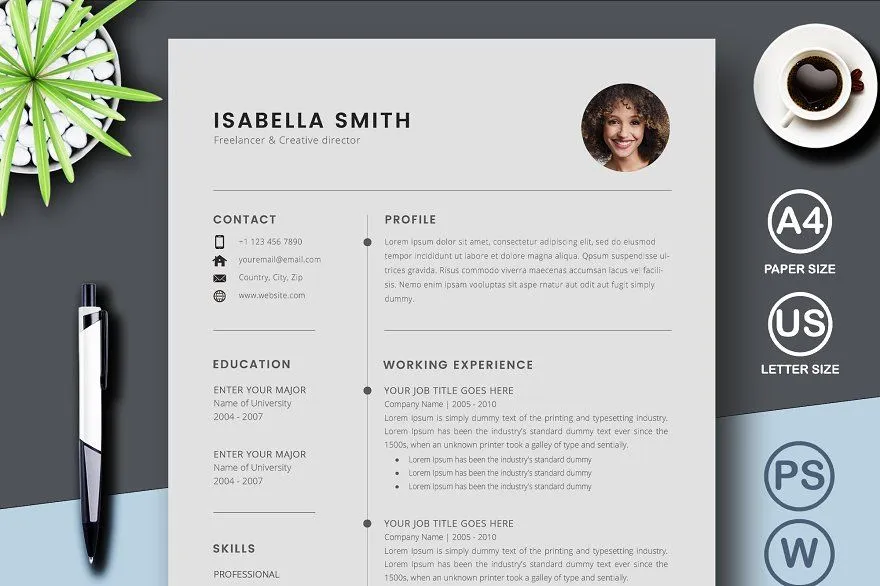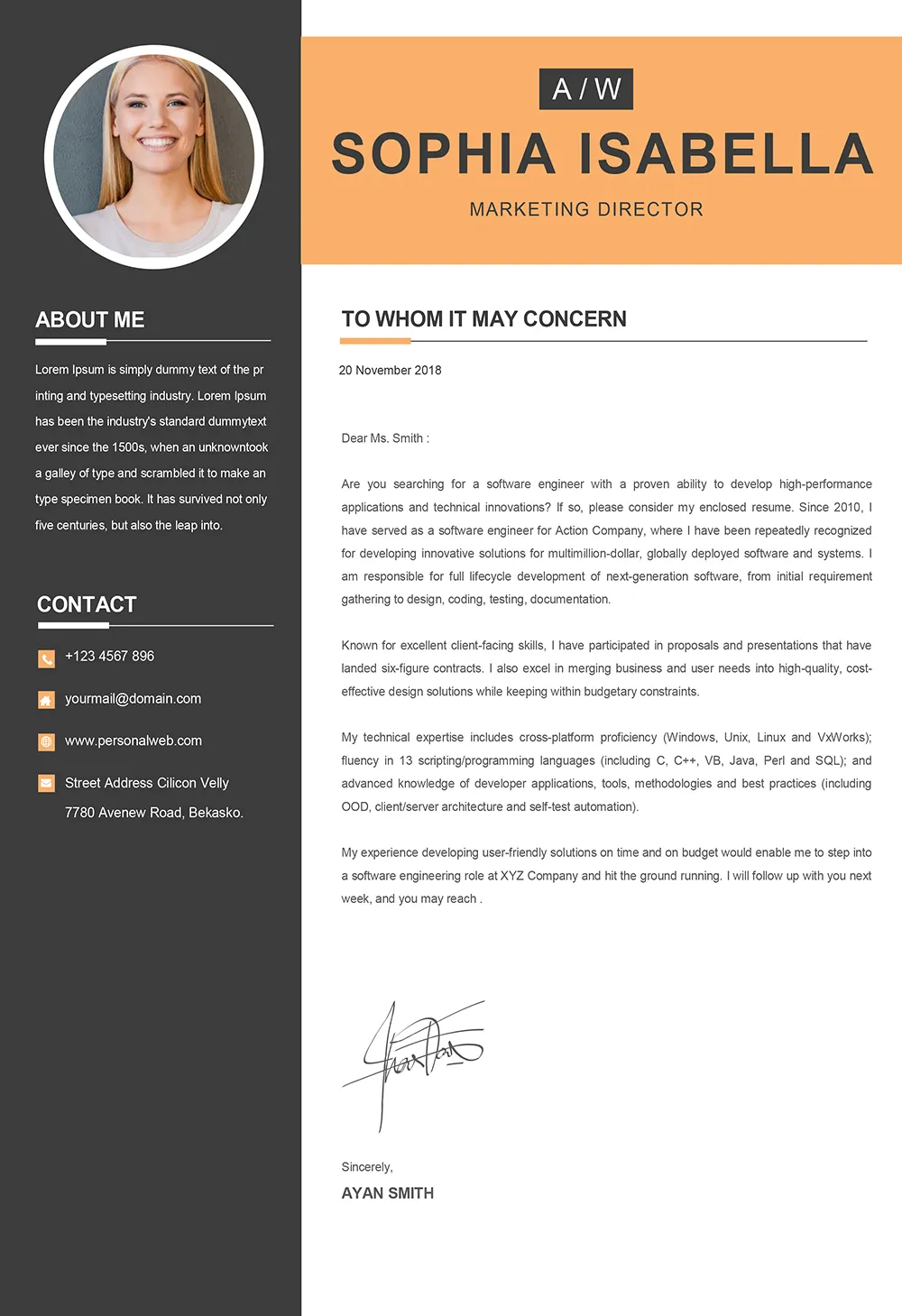What is a Cover Letter for CV?
A cover letter, often accompanying your Curriculum Vitae (CV) or resume, serves as your personal introduction to a potential employer. It’s a crucial document that provides context to your CV, allowing you to elaborate on your skills, experiences, and qualifications. Unlike the CV, which is a straightforward summary of your professional background, the cover letter gives you the opportunity to showcase your personality, express your interest in the specific role and company, and demonstrate why you’re the ideal candidate. It’s your chance to make a strong first impression and convince the hiring manager to delve deeper into your qualifications, ultimately leading to an interview. It’s also a formal way to express your interest in the opportunity.
Why is a Cover Letter Important
The importance of a cover letter extends far beyond simply fulfilling a job application requirement. It’s a powerful tool that can significantly enhance your chances of landing an interview. A well-written cover letter demonstrates your communication skills, attention to detail, and genuine interest in the position. It allows you to personalize your application, showing the employer that you’ve taken the time to understand their needs and tailor your skills accordingly. Many hiring managers use cover letters as a preliminary screening tool. A compelling letter can set you apart from other applicants, highlighting your unique value proposition and making your CV stand out from the pile. In essence, the cover letter is your advocate, helping you make a strong first impression and significantly increasing your likelihood of getting noticed.
Top 5 Tips to Impress with Your Cover Letter

Crafting a cover letter that leaves a lasting impression requires careful attention to detail and a strategic approach. It’s about more than just listing your qualifications; it’s about telling a story that resonates with the employer and demonstrates your suitability for the role. By following these top 5 tips, you can create a cover letter that not only gets noticed but also helps you secure an interview and advance your career. Remember to always proofread your letter, use action verbs and quantify achievements whenever possible. Make sure it’s easy to read and visually appealing. Tailor your letter to the specific job and company, showcasing how your skills align with their requirements and culture.
Tip 1 Tailor Your Cover Letter
One of the most critical aspects of a successful cover letter is tailoring it to the specific job and company. Generic cover letters are easily spotted and often discarded. Instead, carefully review the job description and identify the key skills, experiences, and qualifications the employer is seeking. Then, in your cover letter, highlight how your background and abilities align with those specific requirements. This demonstrates that you’ve taken the time to understand the role and are genuinely interested in the opportunity. Research the company, their values, and their culture, and subtly weave this knowledge into your letter. Personalize your approach by addressing the hiring manager by name (if possible) and referencing specific aspects of the company that appeal to you. This level of personalization shows that you’re not just sending out a mass application, but that you are invested in their organization.
Tip 2 Highlight Key Achievements
Instead of simply listing your responsibilities, use your cover letter to showcase your accomplishments. Focus on quantifiable results and use action verbs to describe your achievements. For example, rather than saying “Managed social media accounts,” you could say “Increased social media engagement by 30% in six months by implementing a new content strategy.” This approach demonstrates your ability to achieve results and adds significant value to your application. Use the STAR method (Situation, Task, Action, Result) to structure your examples, providing context, detailing the task you undertook, explaining the actions you took, and quantifying the positive outcomes. This approach not only highlights your skills but also demonstrates your ability to solve problems and make a tangible impact. Remember to choose achievements that are relevant to the job you’re applying for and align with the company’s goals.
Tip 3 Show Enthusiasm and Passion

Your cover letter is an opportunity to convey your genuine enthusiasm for the role and the company. Expressing your passion not only makes your letter more engaging but also demonstrates your motivation and commitment. Start by clearly stating why you are interested in the position and what excites you about the company’s mission or values. Share any relevant experiences or projects that have fueled your passion for the field. Show your eagerness to learn and contribute to the team. Use positive and energetic language throughout your letter. Avoid sounding generic or overly formal. This will help you build a personal connection with the reader. Demonstrate your understanding of the industry and the company’s place in it. This shows that you have done your homework and are genuinely interested in being a part of their success.
Tip 4 Proofread Meticulously
Errors in your cover letter can undermine your credibility and make a negative impression on the hiring manager. Proofreading is a critical step that should not be overlooked. Before submitting your application, carefully review your letter for any grammatical errors, spelling mistakes, or typos. Read the letter aloud to catch awkward phrasing or sentences that don’t flow smoothly. Consider having a friend, family member, or career counselor review your letter as a fresh pair of eyes can often spot errors that you may miss. Check the formatting to ensure consistency and readability. Pay close attention to details like the date, the recipient’s name, and the company’s address. A polished and error-free cover letter demonstrates professionalism, attention to detail, and respect for the reader’s time, all of which can significantly enhance your chances of success.
Tip 5 Call to Action
Concluding your cover letter with a clear call to action is an essential element of a successful application. It tells the hiring manager what you want them to do next, making it easy for them to take the next step. Express your interest in an interview and clearly state your availability. Provide your contact information and reiterate your enthusiasm for the position. Avoid vague statements like “I look forward to hearing from you.” Instead, opt for more direct and proactive language, such as “I am eager to discuss my qualifications further and am available for an interview at your earliest convenience.” This demonstrates your confidence and initiative. Thank the hiring manager for their time and consideration, leaving them with a positive and memorable impression. By including a strong call to action, you increase the likelihood of moving forward in the application process and ultimately securing an interview.
Cover Letter Formatting Best Practices

Formatting your cover letter correctly is just as important as the content itself. Proper formatting ensures readability and professionalism. Use a standard font like Times New Roman, Arial, or Calibri, and keep the font size between 10 and 12 points. Maintain consistent spacing throughout the document, using single spacing within paragraphs and double spacing between paragraphs. Use left-aligned text, and avoid using a justified format as it can create uneven spacing. Include your contact information, the date, and the recipient’s information at the top of the letter. Keep your cover letter concise, ideally no more than one page. Use clear and concise language. Proofread meticulously for any formatting inconsistencies before submitting your application. Well-formatted cover letters make a positive impression and communicate your professionalism.
Cover Letter Dos and Don’ts
To create a cover letter that effectively showcases your skills and experiences, it’s essential to know what to include and what to avoid. Here’s a quick guide to the dos and don’ts of cover letter writing.
- Do tailor your letter to each specific job
- Do highlight your key achievements with quantifiable results
- Do express your enthusiasm and passion for the role and the company
- Do proofread meticulously for any errors
- Do use a professional and easy-to-read format
- Don’t use generic, cookie-cutter templates
- Don’t simply repeat information from your CV
- Don’t use overly formal or jargon-filled language
- Don’t include irrelevant information or personal details
- Don’t exceed one page in length
By following these guidelines, you can create a cover letter that makes a positive impression and increases your chances of landing an interview.
